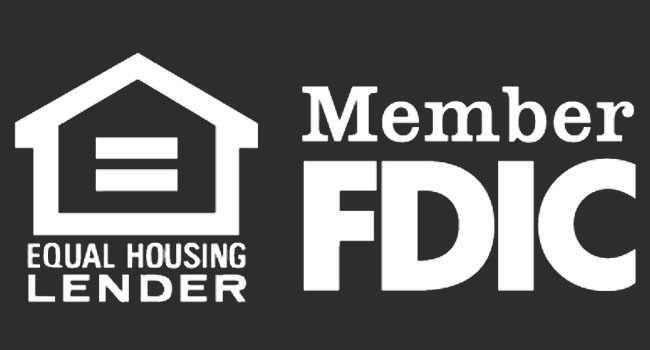Home / Security Statement
Reliance Bank is pleased to offer internet banking. Delivering this service requires a solid security framework that protects you and our institution’s data from outside intrusion. We are committed to working with our internet service and communications providers to produce the safest operating environment possible for our customers. The information below summarizes our security framework, which incorporates the latest proven technology. A section at the end also summarizes your responsibilities as a user of the internet banking system with regard to security. There are several levels of security within our security framework. User Level deals with cryptography and Secure Sockets Layer (SSL) protocol and is the first line of defense used by all customers accessing our Banking Server from the public Internet. Server Level focuses on firewalls, filtering routers, and our trusted operating system. Host Level deals specifically with our internet banking and bill payment services, and the processing of secure financial transactions.
The Banking Server is protected using the latest firewall platform. This platform defends against system intrusions and effectively isolates all but approved customer financial requests. The platform secures the hardware running the Online applications and prevents associated attacks against all systems connected to the Banking Server. The system is monitored 24 hours a day, seven days a week for a wide range of anomalies to determine if attempts are being made to breach our security framework.
Once authenticated, the customer is allowed to process authorized internet banking and bill payment transactions using host data. In addition, communication time-outs ensure that the request is received, processed, and delivered within a given time frame. Any outside attempt to delay or alter the process will fail. Further password encryption techniques are implemented at the host level, as well as additional security logging and another complete physical security layer to protect the host information itself.
While our service provider continues to evaluate and implement the latest improvements in Internet security technology, users of the online banking system also have responsibility for the security of their information and should always follow the recommendations listed below:
© 2023 Copyright Reliance Bank. All Rights Reserved. Website provided by ‘corePHP’ LLC
